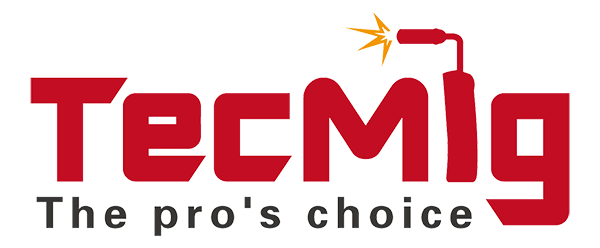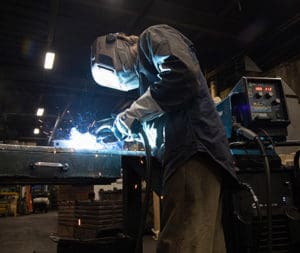It’s true that not all materials can be welded, at least without cracking, and some may be easier or more difficult to weld than others. That’s where the idea of weldability comes in to play — and it can have slightly different meanings depending on the context.
Informally, the industry refers to weldability as a material’s ability to be welded or joined. The American Welding Society (AWS) defines it as “The relative ease with which a material may be welded to meet an applicable standard.”[1]
Weldability can also be considered as it relates to filler metals and their characteristics. That is, how well do the products perform?
A filler metal with high/good weldability makes it easy to repeatedly make passing and quality welds, even for welding operators who may be less skilled. Filler metals with low/poor weldability typically require more skill, time and attention to achieve the same results and may also require more time for cleanup or rework.
Evaluating weldability
An easy way to evaluate the weldability of a filler metal is to rank it based on key criteria. If you are looking for a new filler metal, want to assess your current one or are looking to benchmark competitive products, this evaluation can help. Set up a scale with criteria on the opposite ends of the spectrum and touchpoints in between. Think good, better and best.
Arc stability – This can be ranked from extremely erratic to extremely smooth or consistent.
Slag removal – Consider ranking welding slag removal from very difficult to very easy.
Spatter level – Look at how heavy or light the amount of spatter is.
Bead appearance – Evaluate whether it is unacceptable all the way to excellent.
Overall appeal – This ranking is more subjective, but it helps determine how much the welding operator likes how the wire runs — from unacceptable to excellent.
When evaluating filler metals for their weldability, use those with similar AWS classifications and welding parameters to be sure you are establishing a true comparison. The exception would be comparing solid to metal-cored wire if you are looking for a potential conversion to increase productivity.
The benefits
What’s the purpose or benefit of assessing weldability? Simply stated: quality and productivity. Having a filler metal with high weldability, that operates smoothly with little manipulation, offers consistency. It also makes training new welding operators faster. That leads to less rework and more parts out the door.
So, when it comes to weldability, ask yourself: How much easier does this filler metal make my job?
[1] AWS A3.0:2020, Standard Welding Terms and Definitions
Copied from https://www.hobartbrothers.com/2021/04/weldability/



